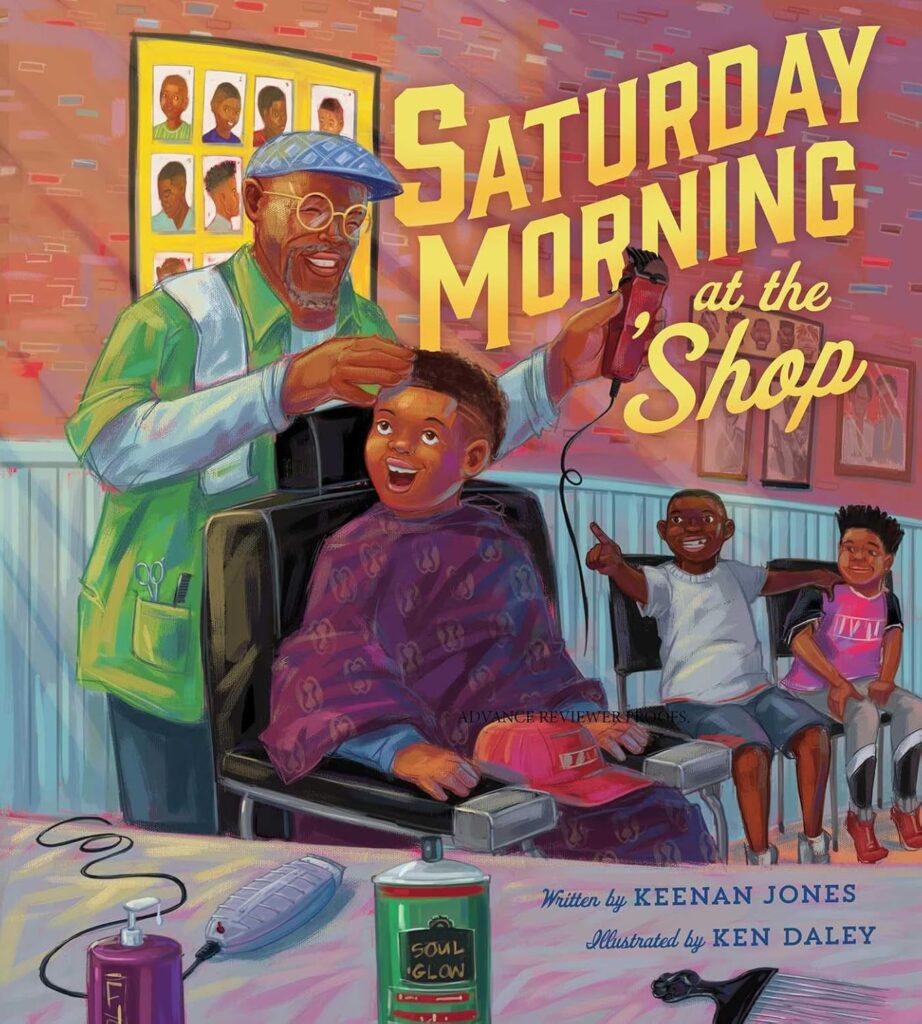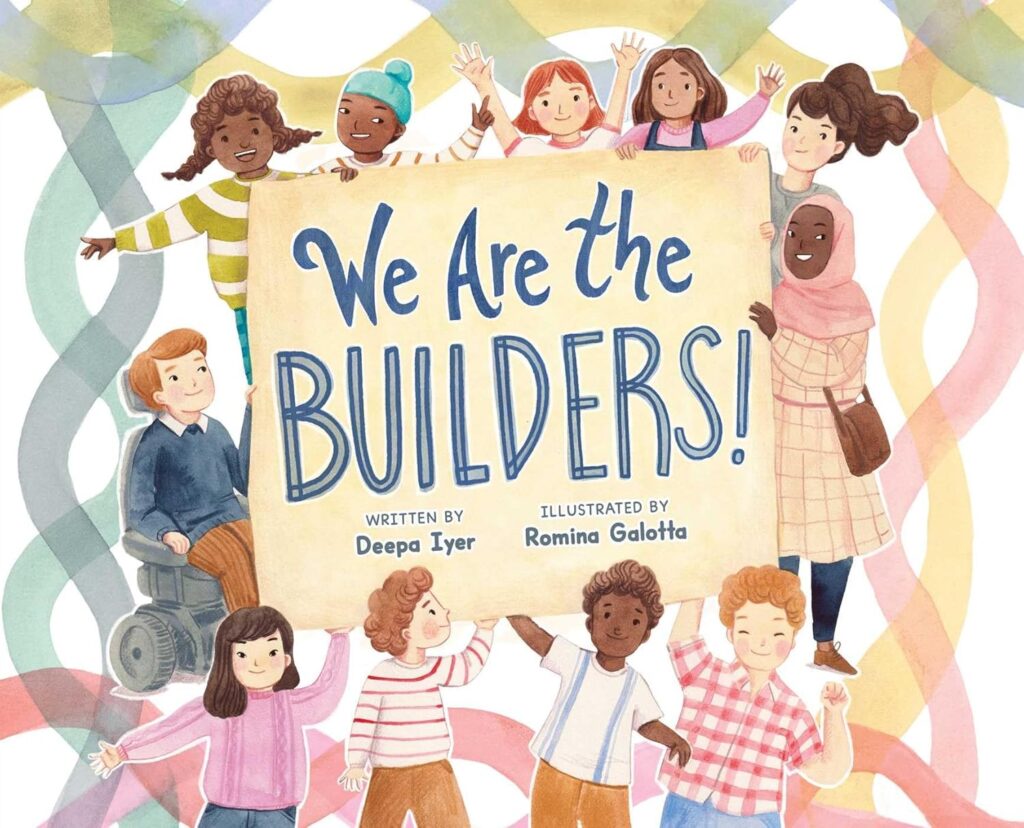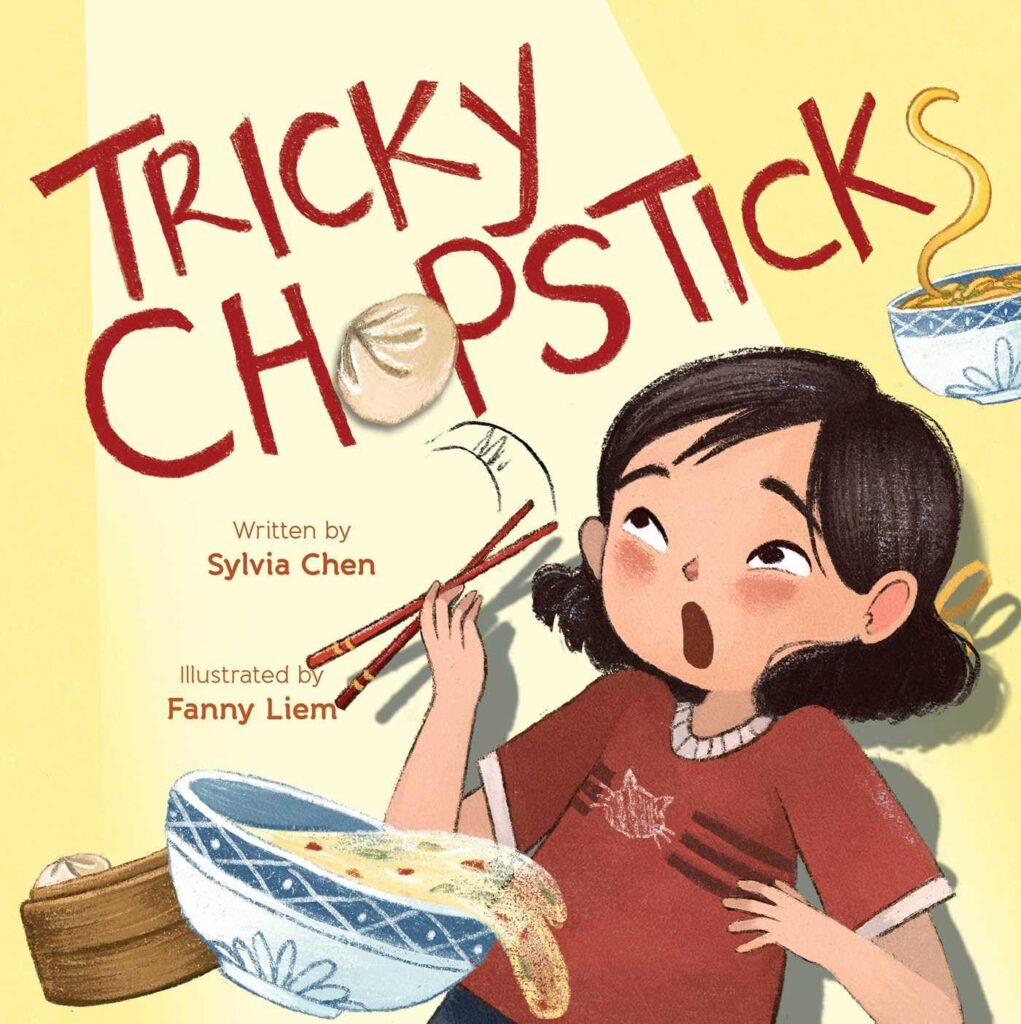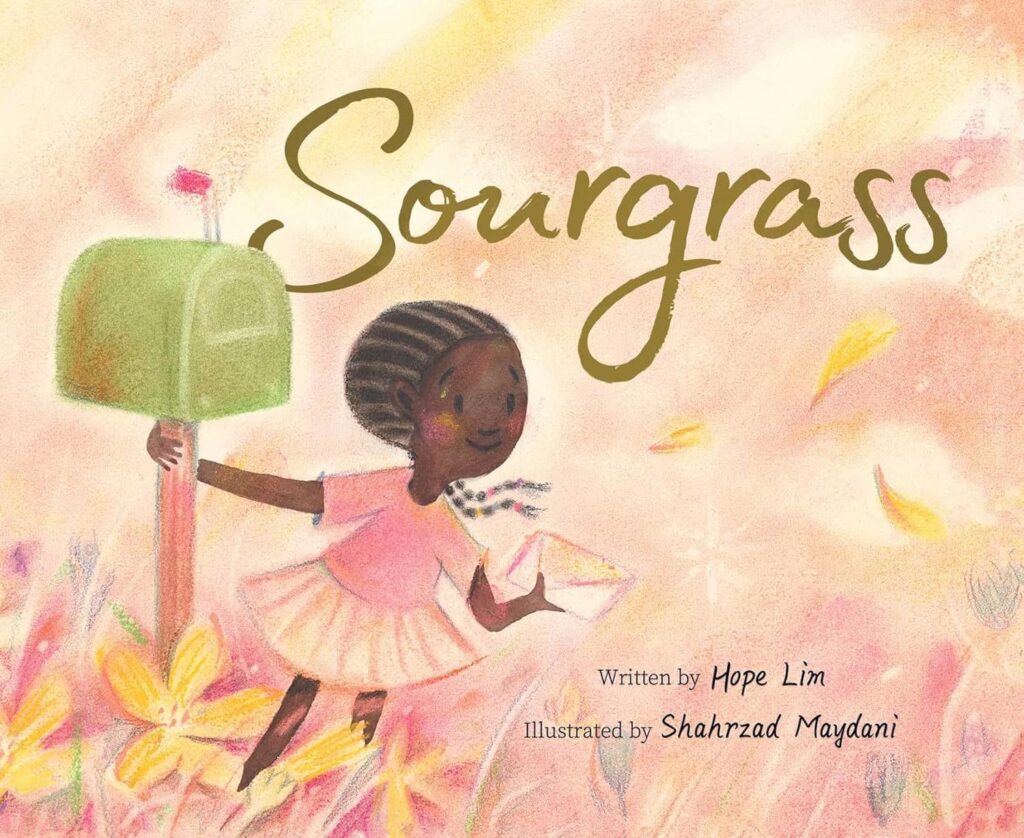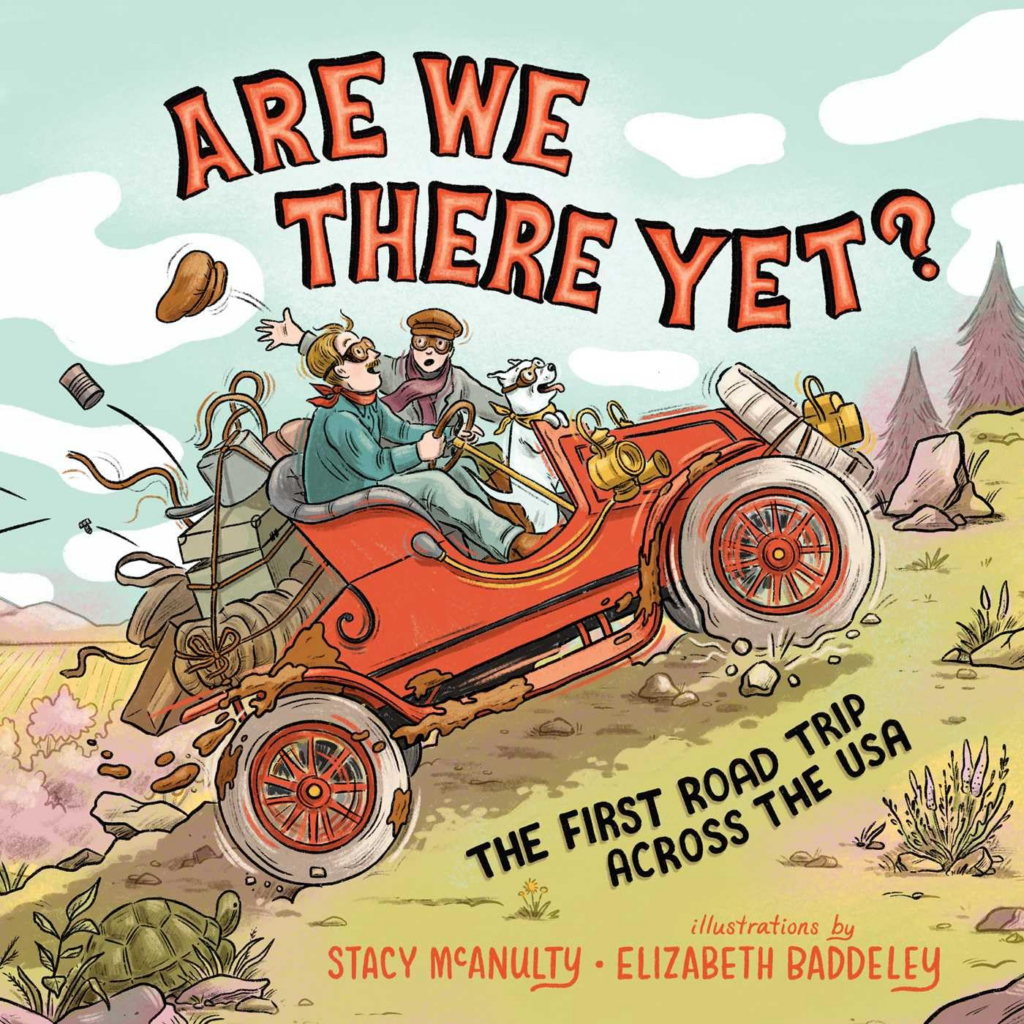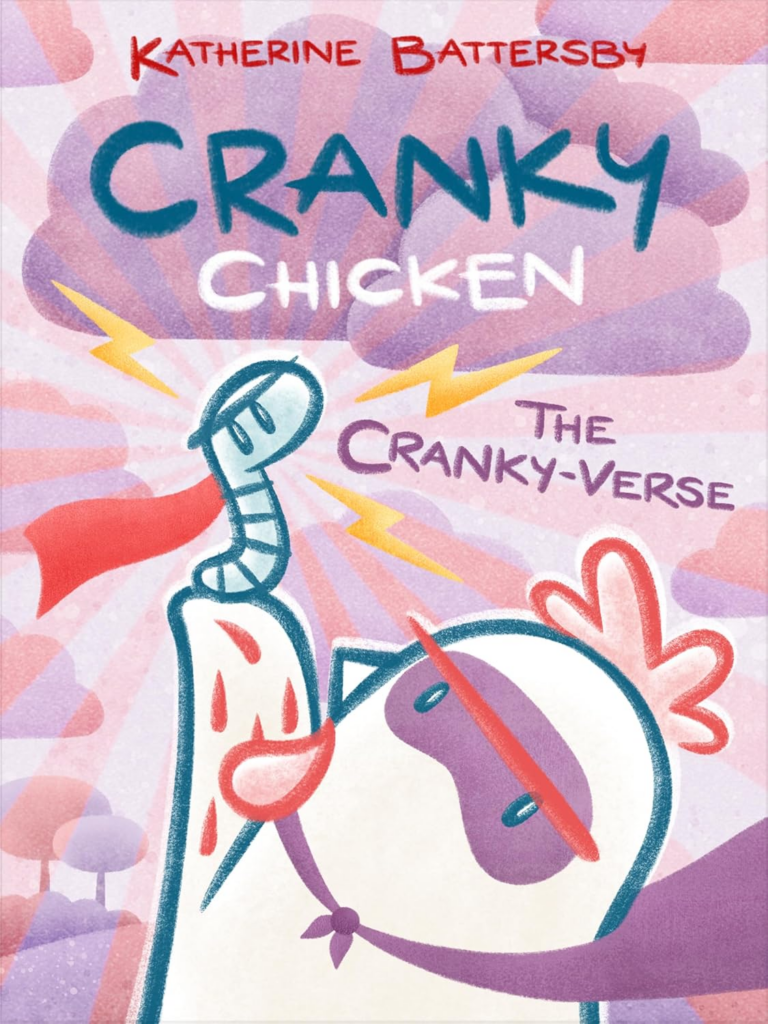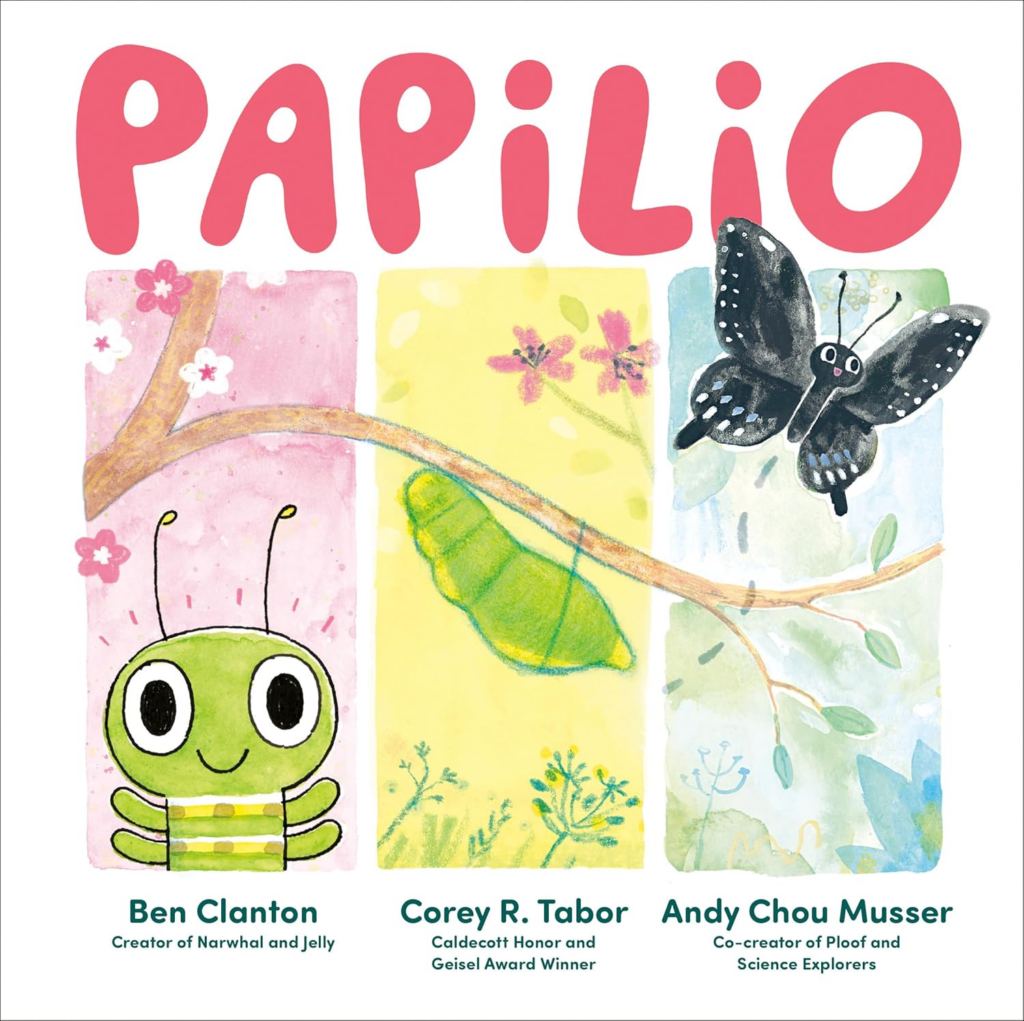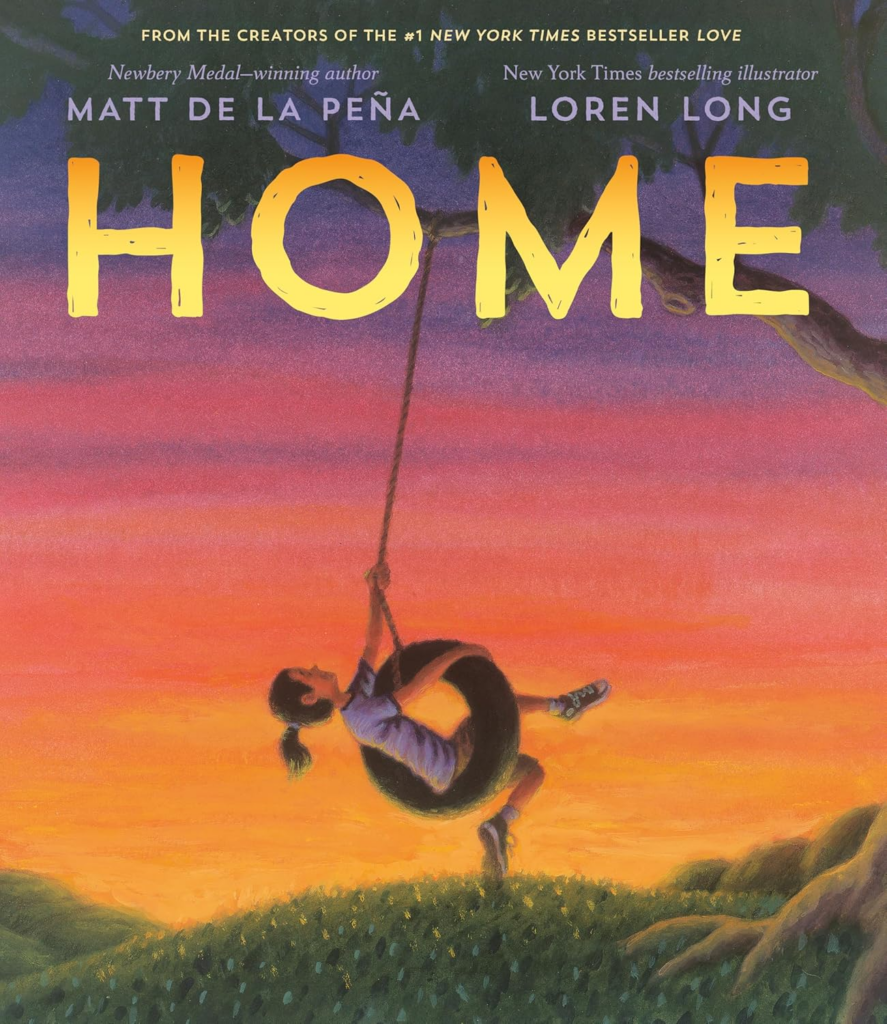
Written by April Pulley Sayre and illustrated Steve Jenkins
The life of a brown bear from month to month is detailed in text and illustrations in this informative picture book. In April, the bear awakens and wonders what to eat, because she is famished after a long hibernation. Each month, new foods are available from cow parsnips and dandelions to ants and trout. Finally, in November, the bear goes into her den to hibernate. Midwinter brings a surprise – two cubs. And, the seasons continue. The end of the book includes numerous facts about bears and an author’s note.
Beautiful collage illustrations pair with short, repetitive sentences to present solid information about the diet, life and habitat of a bear in fictional form. Kids will be enthralled with the variety of her diet and her determination, even when she doesn’t get the meal. You can almost feel her fur in the illustrations and hear the crunch as she munches the cones and moths. Buy this book for your nonfiction collection. The kids will love it! Highly recommended.















